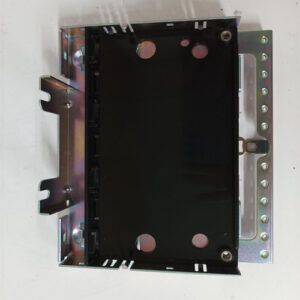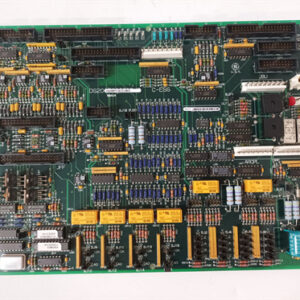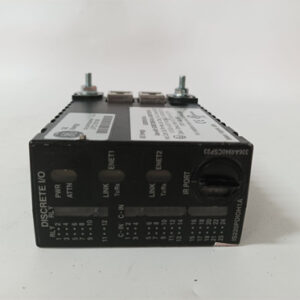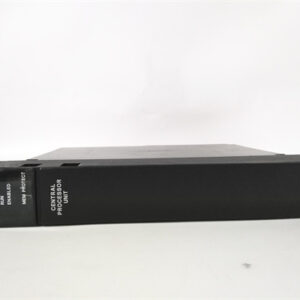الوصف
The GE DS3820BFAA is a Cell Stack Assembly for the GE Speedtronic Mark IV turbine control system. It’s a component within the system’s electrical power generation and regulation. It’s not a fuel cell as other parts with similar naming conventions might be.
Function and Purpose ⚙️
A cell stack assembly, in the context of the Mark IV system, is likely part of a static power source that provides DC current to a generator’s field winding. This DC current is essential for creating the magnetic field that allows the generator to produce electricity. This component is a modular unit with multiple individual cells, like silicon-controlled rectifiers (SCRs) or diodes, stacked together to produce a desired voltage and current output. The assembly is a key part of the excitation system. By providing and regulating this DC current, the DS3820BFAA helps to control the output voltage of the generator, which is crucial for maintaining the stability of the electrical grid.
Related Components
The DS3820BFAA works with other cards and components of the Mark IV system’s electrical control:
- Thyristor or Diode Bridges: The cells in the assembly are part of a rectifier bridge that converts AC power into DC power for the generator’s field winding.
- Gate Driver Cards: These cards control the switching of the individual cells in the stack to regulate the output.
- Voltage Regulator Cards: These cards work with the cell stack to provide precise control over the generator’s output.

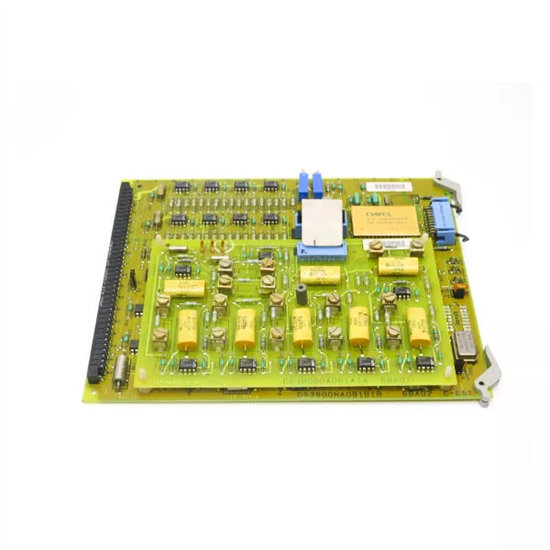

 +86 15340683922
+86 15340683922 +86 15340683922
+86 15340683922